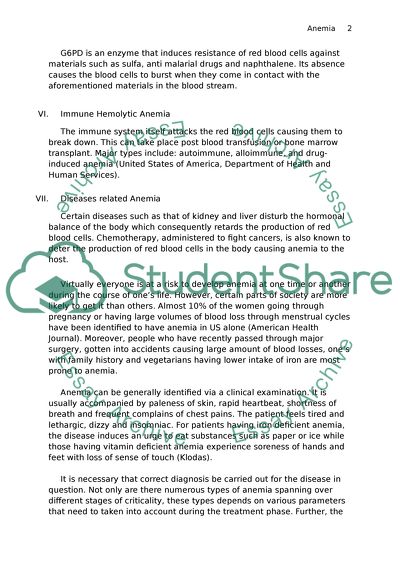Cite this document
(“Anemia Research Paper Example | Topics and Well Written Essays - 1250 words”, n.d.)
Anemia Research Paper Example | Topics and Well Written Essays - 1250 words. Retrieved from https://studentshare.org/health-sciences-medicine/1603905-anemia
Anemia Research Paper Example | Topics and Well Written Essays - 1250 words. Retrieved from https://studentshare.org/health-sciences-medicine/1603905-anemia
(Anemia Research Paper Example | Topics and Well Written Essays - 1250 Words)
Anemia Research Paper Example | Topics and Well Written Essays - 1250 Words. https://studentshare.org/health-sciences-medicine/1603905-anemia.
Anemia Research Paper Example | Topics and Well Written Essays - 1250 Words. https://studentshare.org/health-sciences-medicine/1603905-anemia.
“Anemia Research Paper Example | Topics and Well Written Essays - 1250 Words”, n.d. https://studentshare.org/health-sciences-medicine/1603905-anemia.


